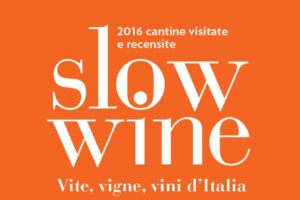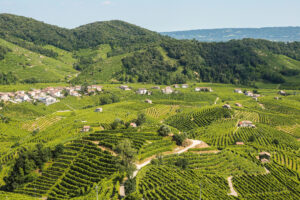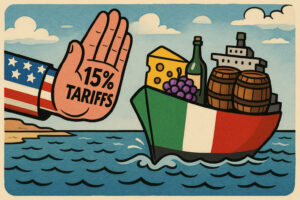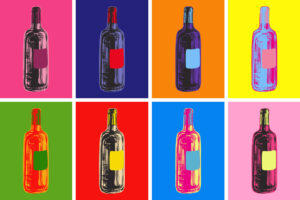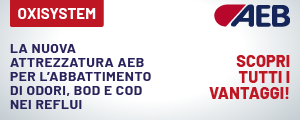Germany, as far as wine is concerned, is a complicated industry, because of its stable consumption, limited growth, and intense price competition, the discount stores are the most important distribution channel, these are a few of the most striking aspects. Germany is an essential industry for Italian wineries, not only for its proximity but also and for the volumes and values it represents, in fact, it is considered as the second most important country in volume and value after the USA.
In the first half of 2018, according to data from the Berlin Ice analyzed by WineNews, Germany has paid 496 million euros (+2.1% over 2017), “and considering the trends of recent years, we can expect a certain stability, and a value of our wine exports around one billion euros per year (in 2017, 997 million euros, ed.),” said the director of the Berlin Ice, Fabio Casciotti.
Italy is the leader of the wine industry, with a 36% share of imported wines in value between January and September 2018 (but a drop of 0.8% over the same period in 2017), where the most important competitors are rapidly growing, from France (25.5%, +3.3%) to Spain (16.9%, +9.2%). A market played on cents, considering that, according to a study by the Deutsches Wein-Institut, the average price of wine in the retail trade in Germany is 2.92 euros per liter.
With discount stores, among the distribution channels, playing the lion’s share (48%), where prices range from 1.99 euros to 4.99 euros, followed by Hyper and Supermarkets (29%), where, with rare exceptions, you reach 10 euros, and then the specialized trade (8%) and other channels (5%), while direct sales from German producers lost 11%.
Data to consider in the light of an Italian wine export made for over 60% from DOC and PGI wines, especially red. If Tuscany and Veneto dominate, followed by Piedmont, among still wines, while Prosecco and Asti dominate among sparkling wines, “in recent years Sicilian, Campania and Apulian wines are becoming increasingly present in the German market. One of the most emblematic examples of this trend is the “Primitivo”, almost absent until a few years ago and more and more popular”.
Copyright © 2000/2025
Contatti: info@winenews.it
Seguici anche su Twitter: @WineNewsIt
Seguici anche su Facebook: @winenewsit
Questo articolo è tratto dall'archivio di WineNews - Tutti i diritti riservati - Copyright © 2000/2025














